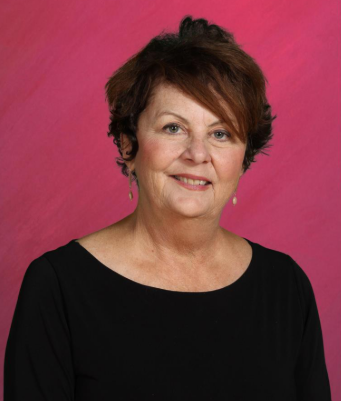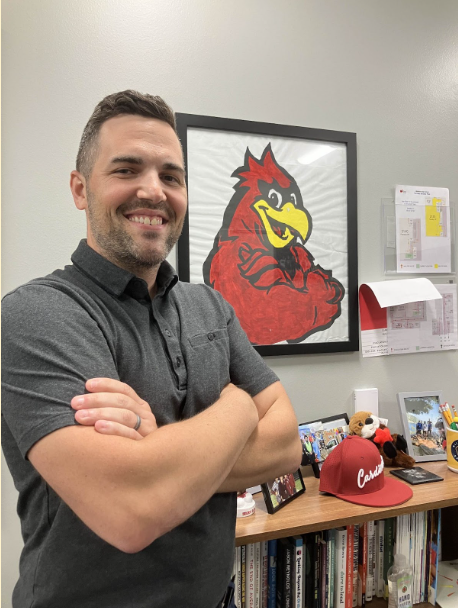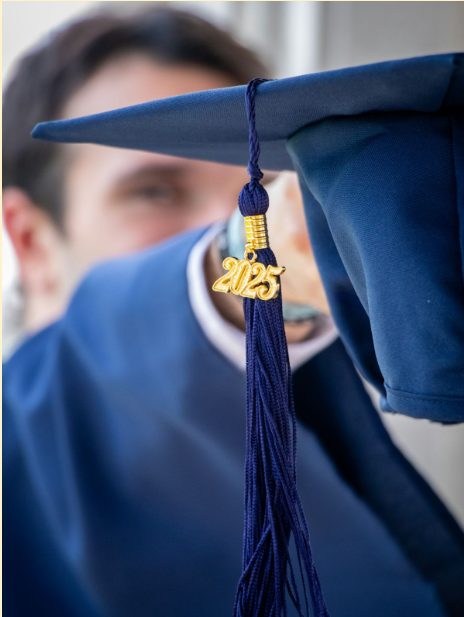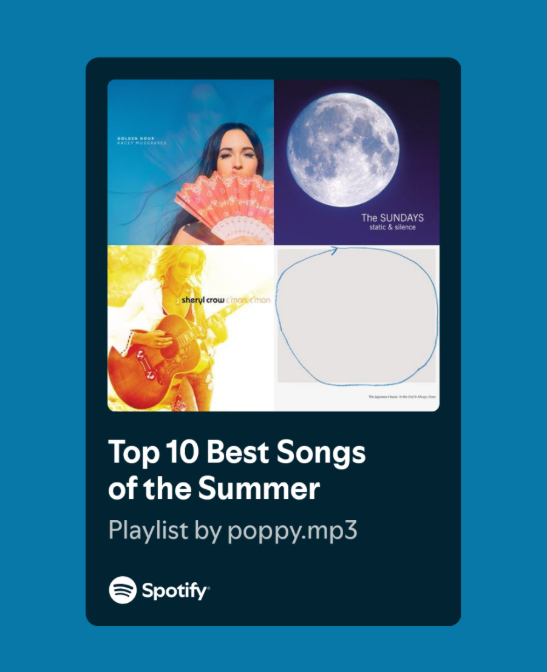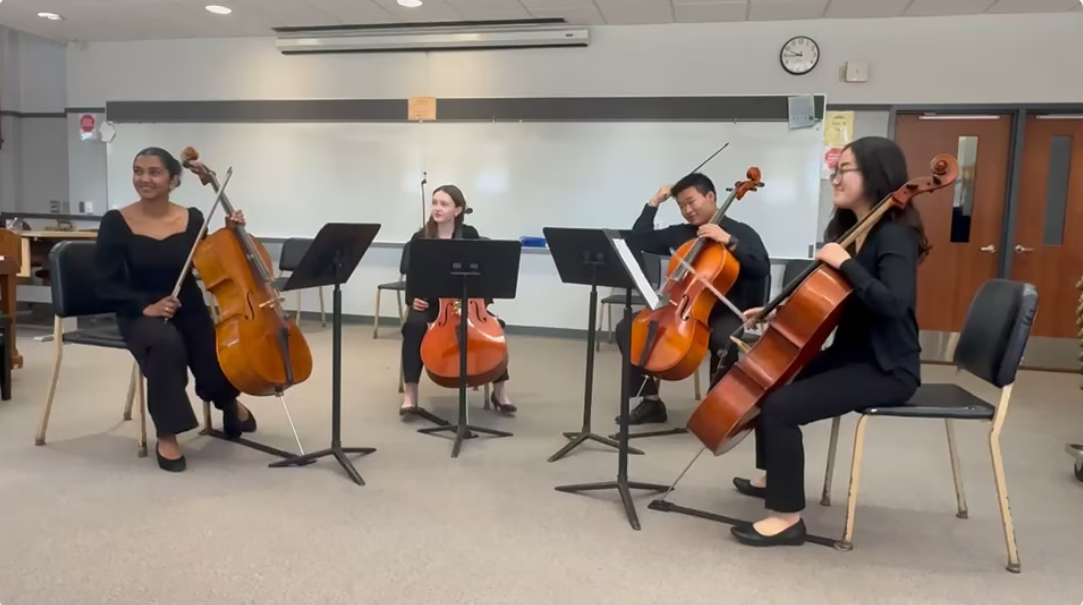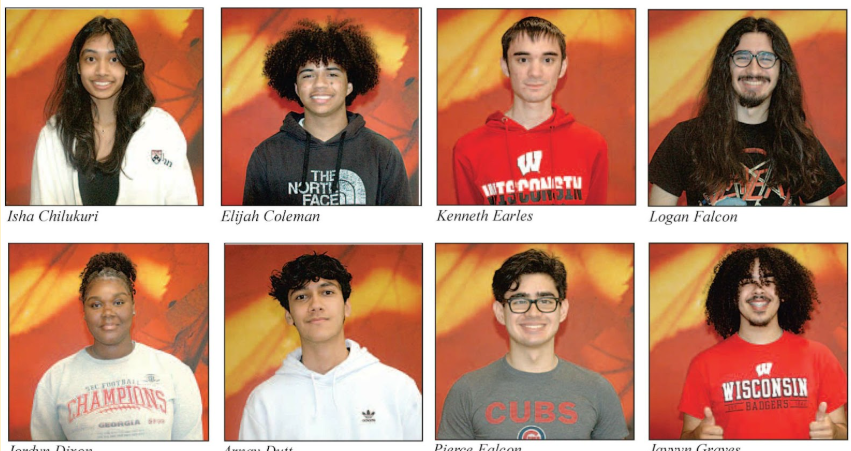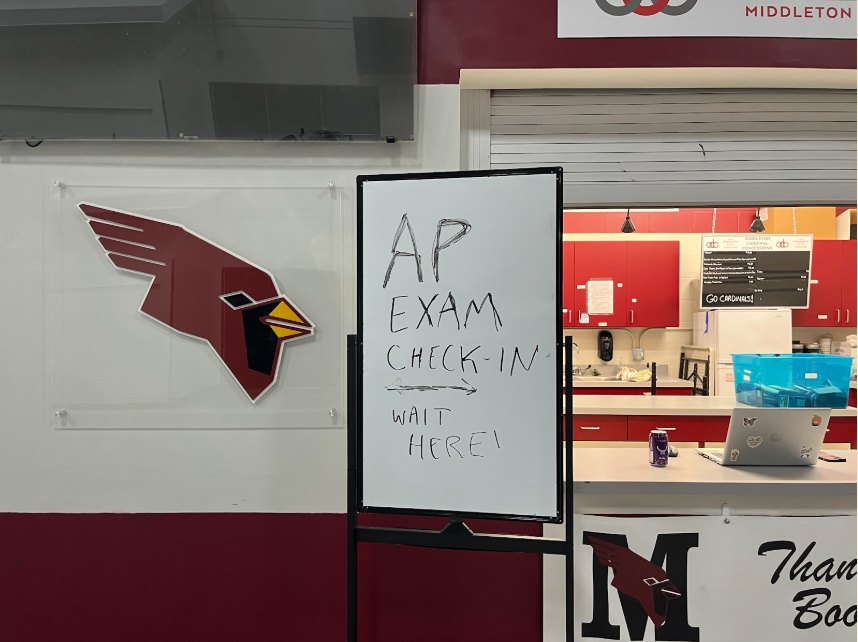Virtual vs. Hybrid: Middleton High School Students Reflect on Their Choice
March 21, 2021
On Mar. 11, Middleton High School began its hybrid learning model; students in Cohort 2 came to school in person for the first time this academic year. However, many students will not return to the building at all this year. MHS provides a fully virtual learning model as an alternative to hybrid learning, in which students continue learning solely from home. The choice between fully virtual and hybrid learning proved to be a complex decision for many families. Now that in-person school is becoming a reality, students are experiencing mixed emotions on their decisions.
In an anonymous survey, MHS students reflected on what option they chose and what prompted them to do so. Of the number surveyed, 73 percent reported they were happy with their decision, and 12 percent wished they had chosen the other option. Twenty-six percent of students explained that either option would have been fine, while another 20 percent felt there was no good option for them.
“I just wish there was an in-between option because I didn’t want to go back only two days a week and be on Zoom calls for eight hours on the other two days, but I also didn’t want to go back [fully] because it’s really anxiety-inducing for me to be in school regularly so going back under these circumstances just seemed terrible to me,” said one MHS freshman from the survey.
When asked about their reasons behind their decision, the 80 percent of students surveyed who chose Universal (hybrid) had mixed answers (students could also choose more than one answer, or write their own). The top reason for over 91 percent of these students was simply, “I miss my friends, peers, and/or teachers.” Similarly, 66.7 percent reported that they missed the “classroom feel” of in-person school, and 58.3 percent chose it because they are missing out on class activities like band, labs, and more. Twenty-five percent of students chose Universal because of stress, depression, or other mental health reasons.

Cohorts 1 and 2 had their first two weeks back in the building, a process that took a lot of teamwork, coordination, contact-tracing, and hand sanitizer.
“[It] felt similar to online school, except the classes were much longer,” said one MHS senior. “It was different being with half the people, but still nice to socialize with classmates.”
In addition to splitting the number of students in attendance in half, physical distancing was promoted by one-way staircases, spaced out desks, and staggered dismissals.
Meanwhile, 20 percent of those surveyed chose to be fully virtual. Of that percentage, the top reason chosen by over 66 percent was “reducing risks of COVID-19 contact.” Thirty-three percent explained that they simply did not want to go back in-person, and another 33 percent chose to be fully virtual due to stress, depression, or other mental health reasons.
One student explained the hardships of being fully virtual — and why they still felt obligated to choose it. In their experience with this option, “you have to teach yourself everything, rarely get help from teachers, get graded a lot more harshly than in [the] Universal method (at least from when I was in it for first semester), and you get absolute mountains of work, like way more than you would get for Universal and way more than I would consider reasonable for a student to be able to do.”
In a year that has been tough on both students and teachers, finding balance has proven to be easier said than done.
Although the Universal model is far from the normalcy that many are hoping for, the fact remains that in-person learning has returned at MHS. As two MHS seniors expressed, “I’m excited to see peers/teachers again!” and “[Hybrid] will not be back to ‘normal’ but I’m still excited.”




